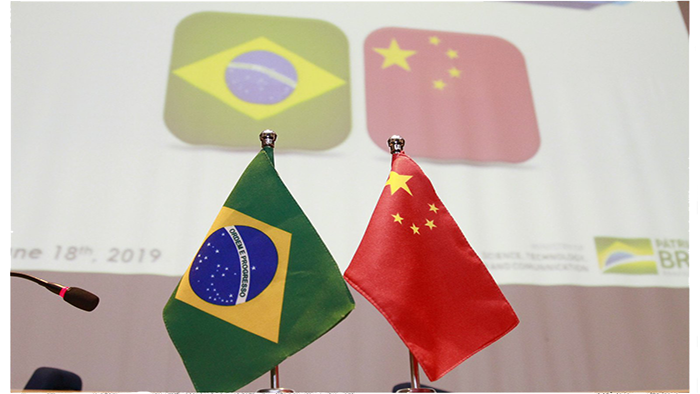By Avinash Paliwal
 India welcomed the cancellation of U.S.-Afghan Taliban peace talks in Doha. In an expression of support for Kabul, which was ostracized from the talks, New Delhi asserted that any future process on the issue must include “all the sections of the Afghan society including the legitimately elected government.”
India welcomed the cancellation of U.S.-Afghan Taliban peace talks in Doha. In an expression of support for Kabul, which was ostracized from the talks, New Delhi asserted that any future process on the issue must include “all the sections of the Afghan society including the legitimately elected government.”
On the face of it, India reiterated a long-standing position of supporting Kabul against the Pakistan-sponsored Taliban. But what makes this position interesting is the fact that India’s relations with Kabul have undergone a shift since 2014.
When the Afghan government reached out to the Taliban in 2015, India viewed Afghan president Ashraf Ghani’s desire for talks as a “tilt” toward Pakistan, antithetical to India’s strategic interests. In response, New Delhi canceled high-level bilateral and multilateral engagements with Kabul. By early 2018, though, when Ghani made a similar overture and offered talks without any preconditions, India welcomed the move and sought international support for it. India’s support for the recent cancellation of further negotiations has more to do with its concern regarding Kabul’s exclusion than an aversion to talks with the Taliban.













